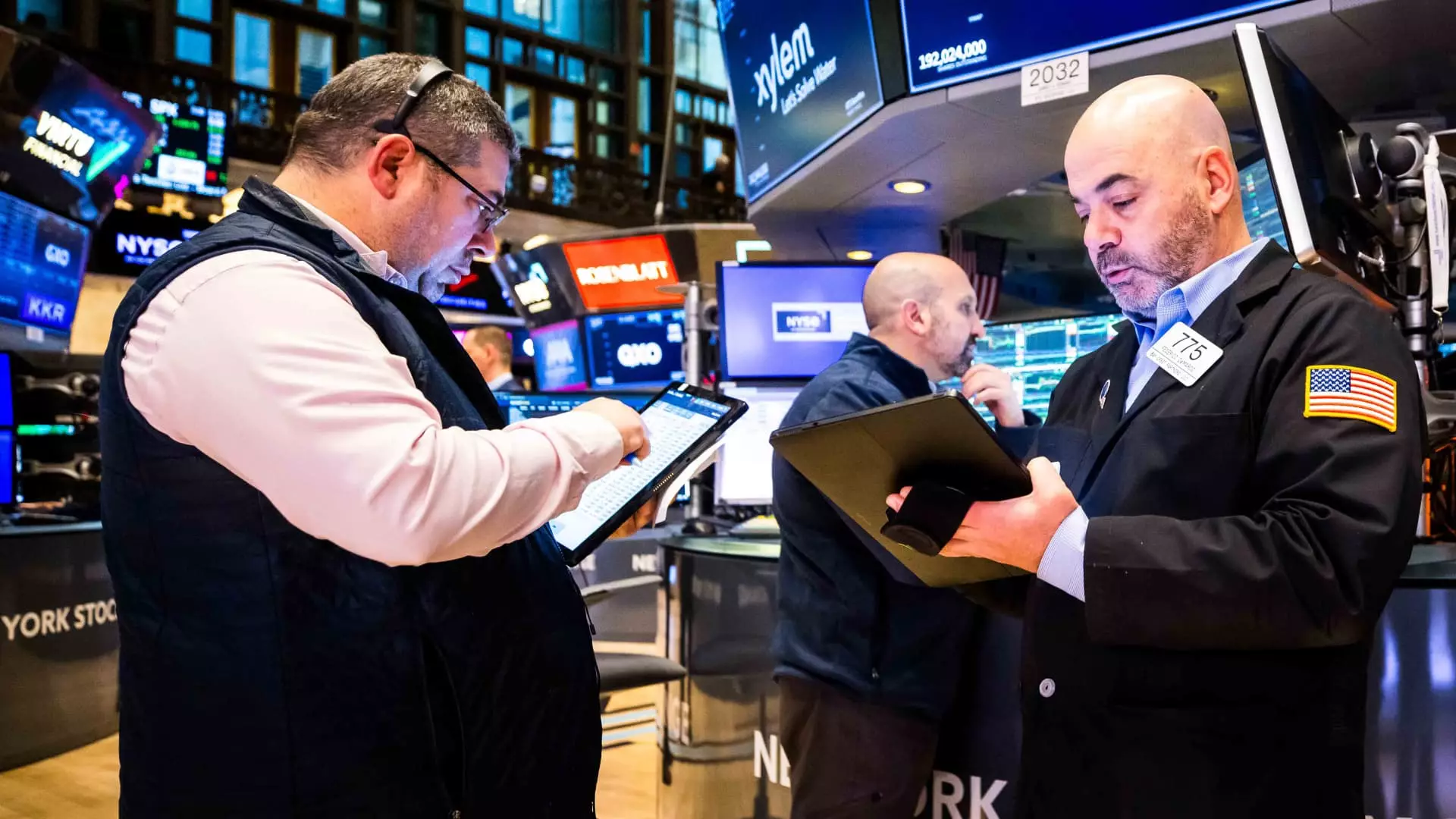Investors often perceive stock picking as a straightforward process, where identifying the right stocks can yield substantial returns. However, empirical evidence suggests otherwise. The reality is daunting: a recent report by S&P Global reveals that a staggering 73% of active management firms underperform their respective benchmarks within just a year. This dismal statistic spirals further – after five years, an overwhelming 95.5% of active managers still fail to meet market performance, and after 15 years, virtually none manage to outperform. This disappointing trend presents a compelling argument for a shift towards indexing as a more reliable investment strategy.
Charles Ellis, a seasoned veteran in the investment landscape, argues fervently for the efficacy of index funds. He believes that despite the myriad of active management hires continually flooding the market, the overwhelming supply of talent does not equate to superior performance outcomes. He notes that the allure of high compensation and an exciting career persists within active management, a factor that likely encourages a continuous influx of professionals into the sector. However, he highlights a crucial problem – the sheer volume of active managers renders the competition fierce, leading to a dilution of any potential edge they might possess.
Ellis’s insights were echoed by Dave Nadig, an expert in the ETF (Exchange Traded Fund) arena, who suggested that while active managers remain a fixture in the market, their current performance is dwarfed by the meteoric rise of passive funds. Nadig highlighted the record inflows towards active management in the past year, yet he quickly contrasted this with the overwhelming amounts funneled into index funds and ETFs, indicating a broader shift in investment determination.
The proliferation of ETFs has captured the attention of both corporate giants and individual investors. Ellis, who has played an instrumental role in the founding and development of significant investment entities, acknowledges the undeniable benefits of lower fees associated with ETFs. However, he also raises red flags regarding the nature of some newer ETFs. Specifically, he warns that many seem to prioritize sales over service, resulting in products that may be overly complicated, overly niche, or tailored to short-term market whims rather than long-term investment strategies.
Concerns regarding leveraged ETFs are particularly noteworthy. While they promise the allure of rapid gains, they also come with the peril of equally swift losses. Ellis insists that investors must diligently assess their individual risk tolerance and investment goals before diving into these often-misunderstood products. This attention to personal investment strategy is part of a wider need for increased transparency and understanding in the ETF marketplace.
With technology evolving at breakneck speed, the landscape has transformed dramatically. Nadig notes that technological advancements have democratized trading strategies, leveling the playing field such that gaining an edge becomes significantly more challenging. In this new era of high-tech trading environments, where sophisticated algorithms are available to both retail and institutional investors alike, traditional active management strategies face heightened challenges.
Ellis aptly describes the current market dynamics as akin to playing poker with all the cards laid face-up. In a world where everyone utilizes the same high-level tools and data analysis techniques, the element of surprise – a vital component in stock picking – has all but vanished. This results in an ironic outcome: despite the excellence of such active managers, their collective skills become neutralized, leading to the pervasive underperformance observed in recent years.
Ultimately, the investment landscape is undergoing significant transformations, heavily leaning towards passive investment strategies. While active management will not disappear entirely, its practitioners must recognize the complexities and realities of today’s market. The allure of stock picking is undoubtedly captivating, but as demonstrated, the statistical evidence suggests that investors may be better served by embracing index-based strategies. It’s crucial for investors to arm themselves with knowledge and remain vigilant about the ever-evolving financial environment, ensuring that they make informed choices that align with their long-term investment ambitions.

